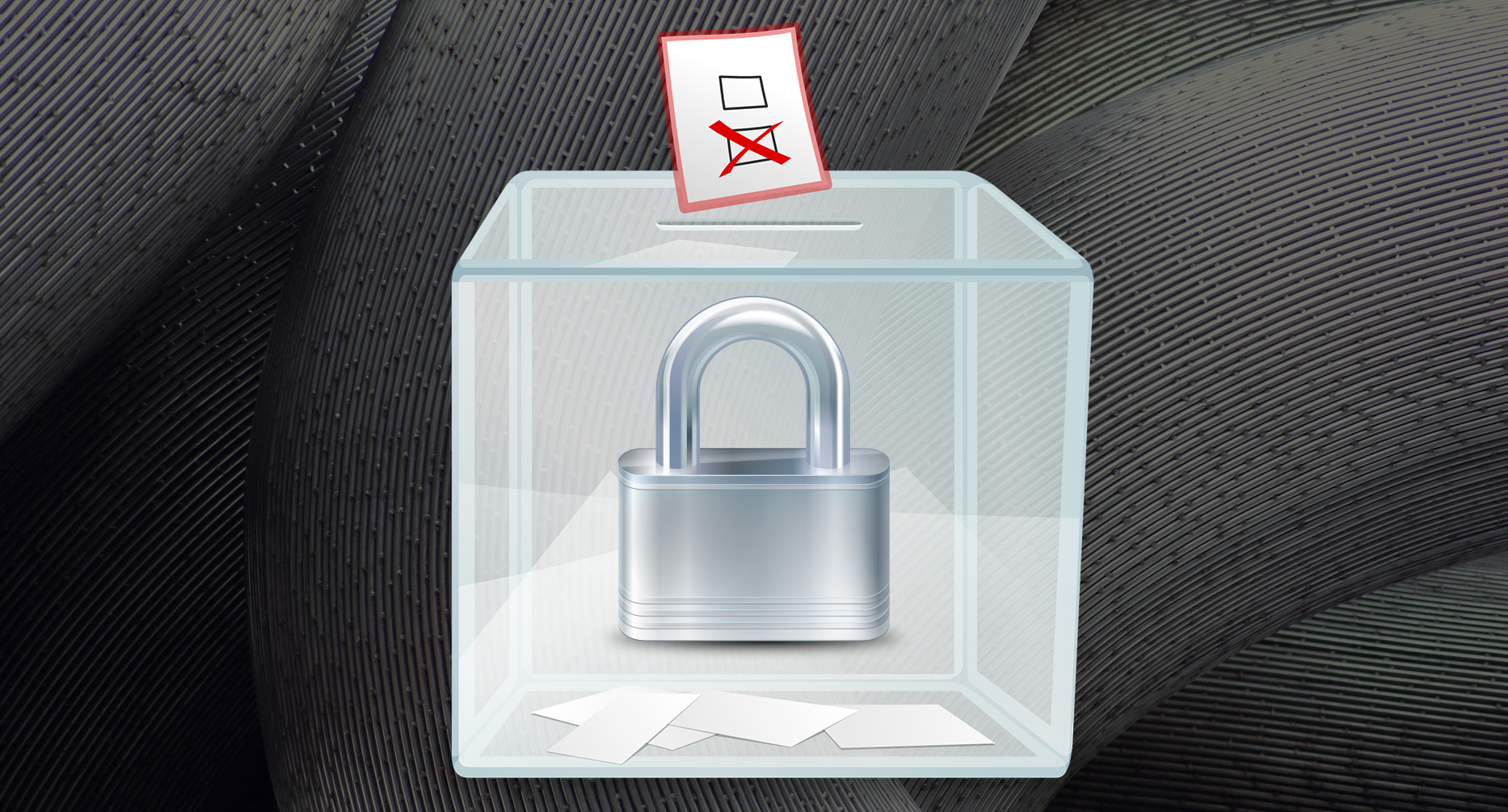Rakuten Mobile unveiled new fee cuts Wednesday and CEO Mickey Mikitani, speaking at a virtual press conference, reiterated the operator’s aim to disrupt the mobile industry in Japan and redefine customer expectations for wireless service.
Today Rakuten also announced it became a member of the O-RAN Alliance, the global organization that’s defining open radio access network (O-RAN) architecture and specifications.
Started in 2018, the O-RAN Alliance already has more than 200 members, which span operators, vendors, and research and academia. The addition of Rakuten Mobile is notable in that the operator deployed what it calls the world’s first at-scale cloud-native, fully virtualized 4G LTE network in Japan, which was a greenfield build. Rakuten launched non-standalone (NSA) 5G service last month, though locations are limited.
RELATED: Rakuten Mobile launches 5G service, but only in a few areas
Rakuten used a multi-vendor approach, including many newer entrants, and says the network represents a real-world implementation of open RAN, although it wasn’t built on O-RAN standards.
That said, the operator says the architecture enables Rakuten to easily transition its RAN to be O-RAN standard compliant, largely through a software upgrade.
“At Rakuten Mobile, we believe that OpenRAN is the future evolution of mobile networks,” said Tareq Amin, representative director, EVP and CTO of Rakuten Mobile, in a statement. “As a member of the O-RAN Alliance, we will leverage the experience gained from the development of our open, virtualized network in Japan to contribute to the creation of a fully open standard for RAN for the world.”
In addition to joining the group, Amin is now a member of the board of directors of the O-RAN Alliance.
Rakuten’s network deployment has been closely watched by the industry, including Dish in the U.S., which plans to build its own new standalone (SA) 5G network based on an open architecture.
RELATED: Rakuten Mobile user experience dragged down by roaming – Tutela
The Japanese carrier said it’s also accelerating network buildout plans, and now aims to cover more than 80% of the country’s population by March 2021 – up from a previous goal of 70%. Compared to a traditional network architecture, Rakuten said its approach delivers 30-40% better coverage per cell site, meaning fewer are needed to reach nationwide coverage.
At the virtual press conference Wednesday where it unveiled service pricing changes, Rakuten took the opportunity to reiterate that its open and virtualized architecture, relying on a variety of vendors, brings down capex and operating costs, enabling it to pass savings onto customers.
Fee cuts
As for disrupting mobile service expectations, Rakuten appears to be following a similar line of T-Mobile in the sense of trying to zero in on consumer pain points. For its own effort, Rakuten’s focus is a singular simplified mobile service plan with fewer fees.
Calling out preconceptions of wireless service in Japan, Mikitani cited expensive fees, fixed rates and additional fees, and many plans and options.
“We wanted to make them as simple as possible,” he said at the press conference, pointing to its UN-LIMIT V plan that debuted at the end of September and includes 5G access.
Rakuten introduced “Zero Declaration,” which Mikitani called a “new normal” for mobile service. It includes no contract sign-up fees or mobile number portability (MNP) transfer fees, so there’s no cost to switch to or to leave Rakuten Mobile – that includes making SIM swaps or re-issues free as well.
Rakuten already pledged to give the first 3 million customers to sign up one year of service, including 5G access.
“We have been able to reduce our investment quite significantly and also maintenance on the network, maintenance on the base station, this has also been automated so this level of technology is enabling this very challenging Zero Declaration plans,” Mikitani said.
Rakuten says its plan with 5G is around 71% cheaper versus Japan’s other major operators NTT Docomo, Softbank, and KDDI’s au.
RELATED: Rakuten touts 1M mobile signups, expands RCP reach with international HQ
“We have worked on enhancing the convenience for the customers, we want to reduce the burden for our customers and we will further evolve this challenge going forward,” Mikitani said.
A second pain point was simplifying the process of switching carriers, with something called eKYC that provides ID verification using AI and a smartphone – which it claims is a first for wireless contracts in Japan. It’s paired with eSIM, aiming to allow customers to switch carriers any time versus having to wait for shipments or at the store.
The feature will be available on Android devices starting November 9 through the My Rakuten Mobile app. An iOS version of Rakuten’s native app is expected at the end of this month.













